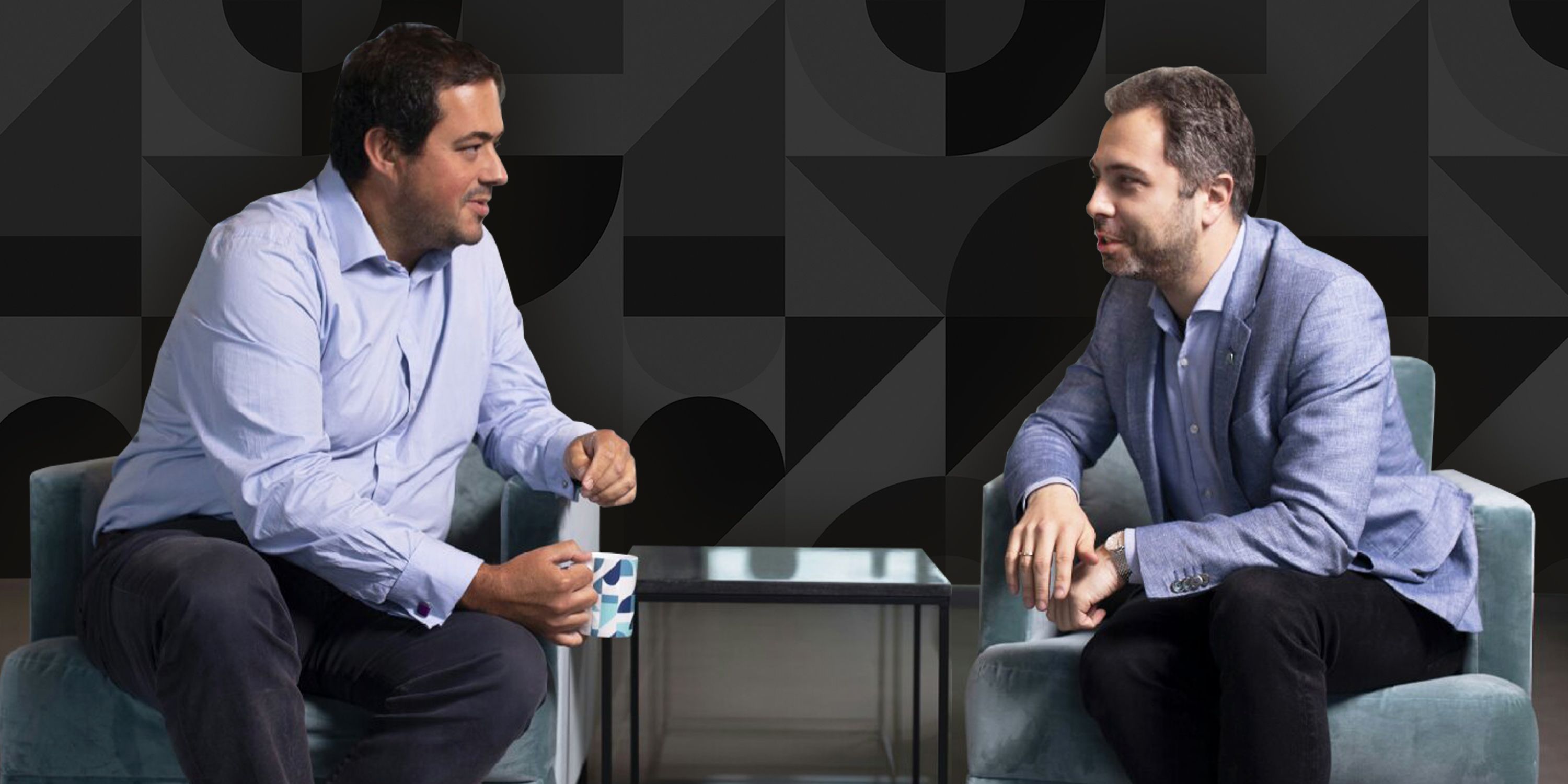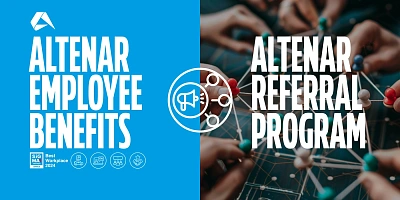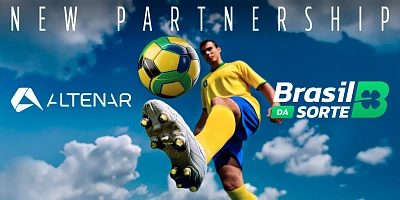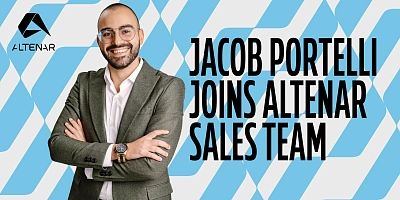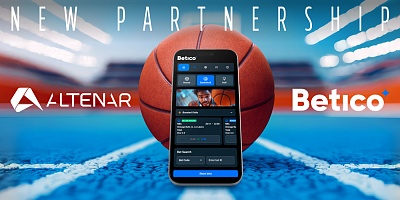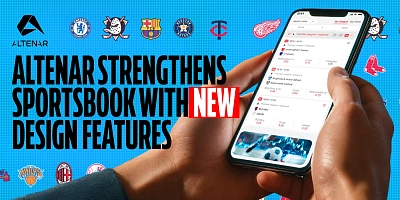Think about leasing some hardware for your business. You know you’re getting the best in tech at that time, and you’re comfortable with what you’re spending in relation to the time it saves or the revenue it helps generate.
Now consider what happens when the lease ends. What was best-in-class a few years ago might now be outdated. At this stage, you’re relying on the provider to have refreshed the hardware ahead of renewal—otherwise, you’ll likely look elsewhere.
It’s an analogy that Altenar CEO Stanislav Silin believes applies to delivering sports betting software. He told SBC News that operators partnering with a supplier that isn’t committed to “regular refreshes”—and who don’t wish to build their own platform from scratch—will “always be a hostage of the legacy offering.”
After launching version one of its platform back in 2010, Altenar eventually reached the point where it needed to modernize its software, rather than just maintain updates to legacy code.
A few years later, version two of the platform was soft-launched to a select group of partners in April 2020 as Altenar aimed to “serve operators on a global level in a more efficient manner.”
“I’m not saying this is the platform we’ll be on for the next 10 years,” said Silin. “But we’ve built in a certain level of modularity so that migration and tech refreshes will be easier down the line.”
Currently, 15 to 20% of partners have migrated to the new platform. The roadmap for further rollout in 2021, Silin explained, depends on the optimal migration timing from both the operator’s and Altenar’s perspectives—especially since many operators use third-party Player Account Management (PAM) systems.
Because of this, Altenar continues to maintain both platforms—updating code and ensuring compliance with test house evaluations. “Eventually, we’ll fully transition to the V2 platform and deploy across all markets,” Silin emphasized.
We asked whether maintaining both V1 and V2 strains resources. “It’s been this way for two years, and we’ve grown regardless,” he said. “We’re used to investing in new tech while supporting the legacy system—it’s not a dramatic shift for our development teams.”
He continued, “The reason I’m being vague on timelines is because, as I mentioned, it depends a bit on the operators. We don’t want to impose hard deadlines right now.”
Silin also brought in Konrad Pizzuto, Director of Technology Operations at Altenar, to elaborate on key changes and client benefits of the new platform.
“For example, the new platform includes margin management that enables setting separate odds when needed—completely independent from the defaults,” Pizzuto explained. “That’s a feature we didn’t have in the previous platform.”
“There’s also an improved content mapping tool that allows us to integrate multiple data and odds providers, and mix and match content as needed.”
This capability, Silin added, is another argument for using software from a specialized sportsbook provider. “Building your own platform doesn’t eliminate the need to integrate all these providers—it just adds more complexity.”
The advantages of the new platform go beyond what’s visible to end users, such as third-party integrations or broader betting markets.
“One of the less obvious benefits is improved geographic scalability,” said Pizzuto. “It’s now served much closer to where users are located.”
“There are also major architectural improvements. For instance, we’ve shifted how applications are deployed—we now run most components on Kubernetes, the open-source orchestration system.”
He concluded, “Thanks to this agility, we can respond to feature requests from our partners much faster.”
